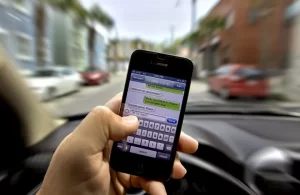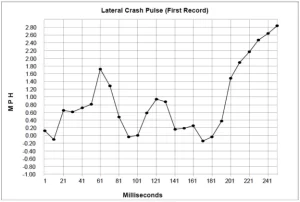Distracted driving is any activity that diverts attention from driving, including talking or texting on your phone, smoking, eating and drinking. I have even seen people putting on makeup and shaving their face while driving!
Texting is the most alarming driver distraction. Sending or reading a text takes your eyes off the road for 5 seconds or more. At 40 miles per hour a car can travel the length of a football field in 5 seconds; at highway speeds, a vehicle can travel the length of almost two football fields in the same time.
Texting while driving and other cell-phone reading and writing activities are high-risk activities associated with motor vehicle collisions and mortality. In 2015 alone 3,450 people were killed on US roads. 391,000 were injured in motor vehicle crashes involving distracted drivers.
There are three types of driver distractions – manual, visual and cognitive.
- Manual distractions cause you to take your hands off the steering wheel
- Visual distractions cause you to take your eyes off the road
- Cognitive distractions interfere with your mental focus on driving
Texting involves all three of the above distractions and is therefore considered a high risk activity while driving.





